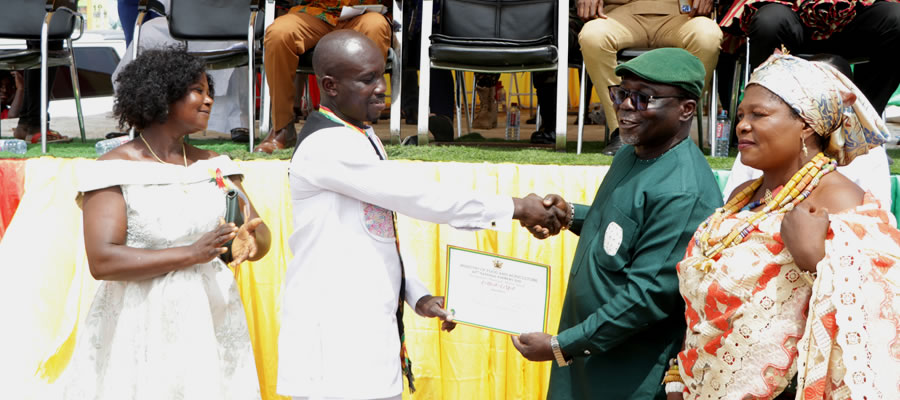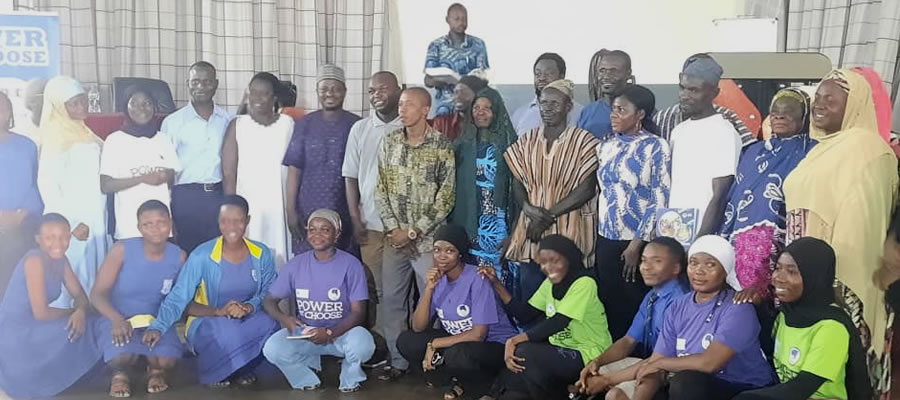

Social and Cultural Structure
Ashaiman was founded by one Nii Amui who migrated to the area from Tema in the 17th Century. Later, other migrants from the Accra Metropolitan Assembly area to the east of Tema came to settle in Ashaiman. The area where they settled is present day Lebanon (a suburb of Ashaiman). Ewes from the Volta Region were among the earliest migrants who settled in the area.
Currently, Ashaiman is home to people from many ethnic groups. The construction of Tema harbour and the railway line in the 1950s, contributed to the migration of people to the area in search of jobs and for relatively less expensive accommodation as compared to Accra and Tema. The area is known for multi-traditional dances that are often performed during festivals and other ceremonial occasions. Ashaiman is a cosmopolitan area which comprises large numbers of ethnic groups but no specific cultural festival is observed. The major ethnic groups include Ga-Damgbe, Ewe, Guans, Hausa, Dagomba, Asante, Fante, among others. The Municipality is dominated by Christians followed by the Moslems and the traditionalist constituting the smallest proportion.
Religious Affiliation
Table 3.8 presents population of Ashaiman Municipality by religious affiliation and sex. The population of the municipality is dominated by Christians (Catholic, Protestant, Pentecostal/Charismatic and other Christians) who are represented approximately by four out of every five persons. Moslems constitute the second largest group (16.5 %) and traditionalist the least (0.4 %) in the municipality. The case is not different with the sex disaggregated data displayed except that there are more Christian females (81.7 %) than Christian males (77.1%).
The only tourism potentials in Ashaiman are the multi-traditional dances that are often performed during festivals and ceremonial occasions. There are a number of decent hotels, guesthouses and restaurants for the hospitality industry.
Date Created : 11/17/2017 7:15:06 AM











 facebook
facebook
 twitter
twitter
 Youtube
Youtube
 +233 593 831 280
+233 593 831 280 0800 430 430
0800 430 430 GPS: GE-231-4383
GPS: GE-231-4383 info@ghanadistricts.com
info@ghanadistricts.com Box GP1044, Accra, Ghana
Box GP1044, Accra, Ghana